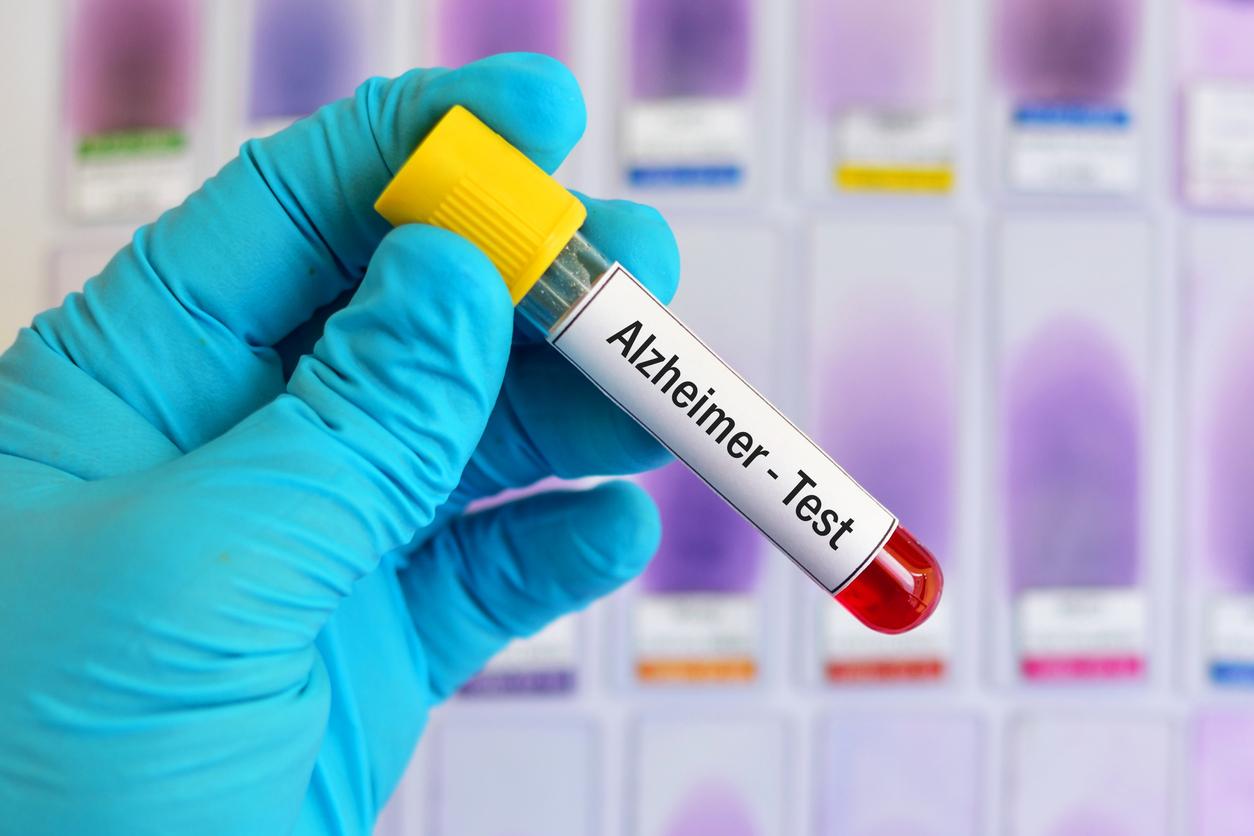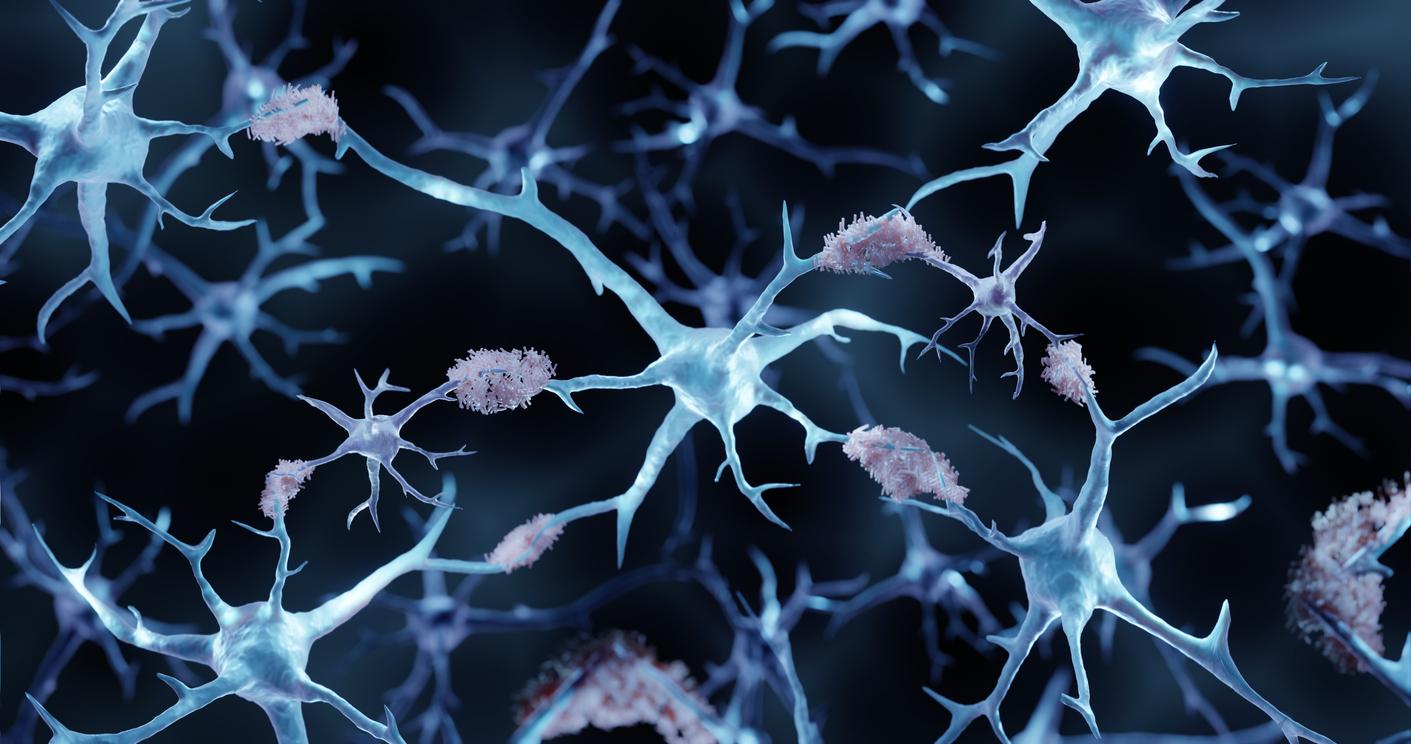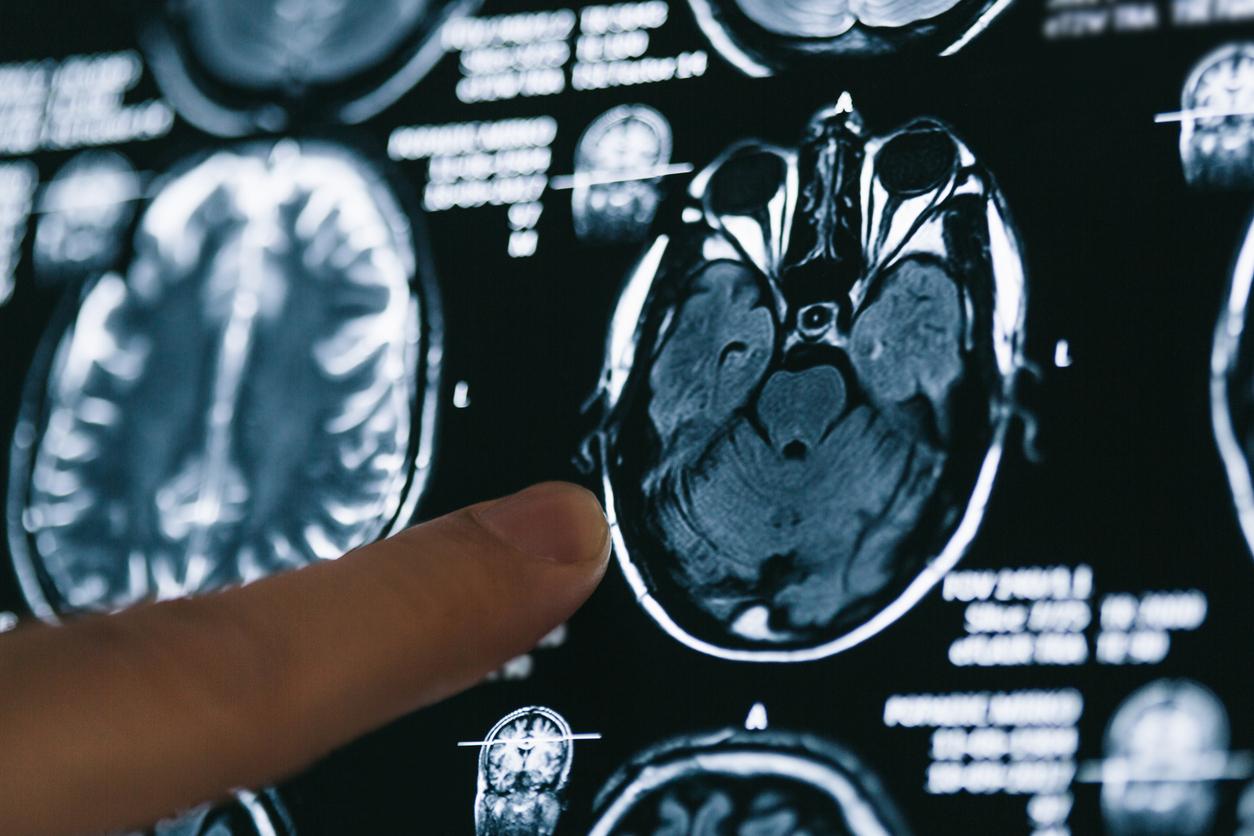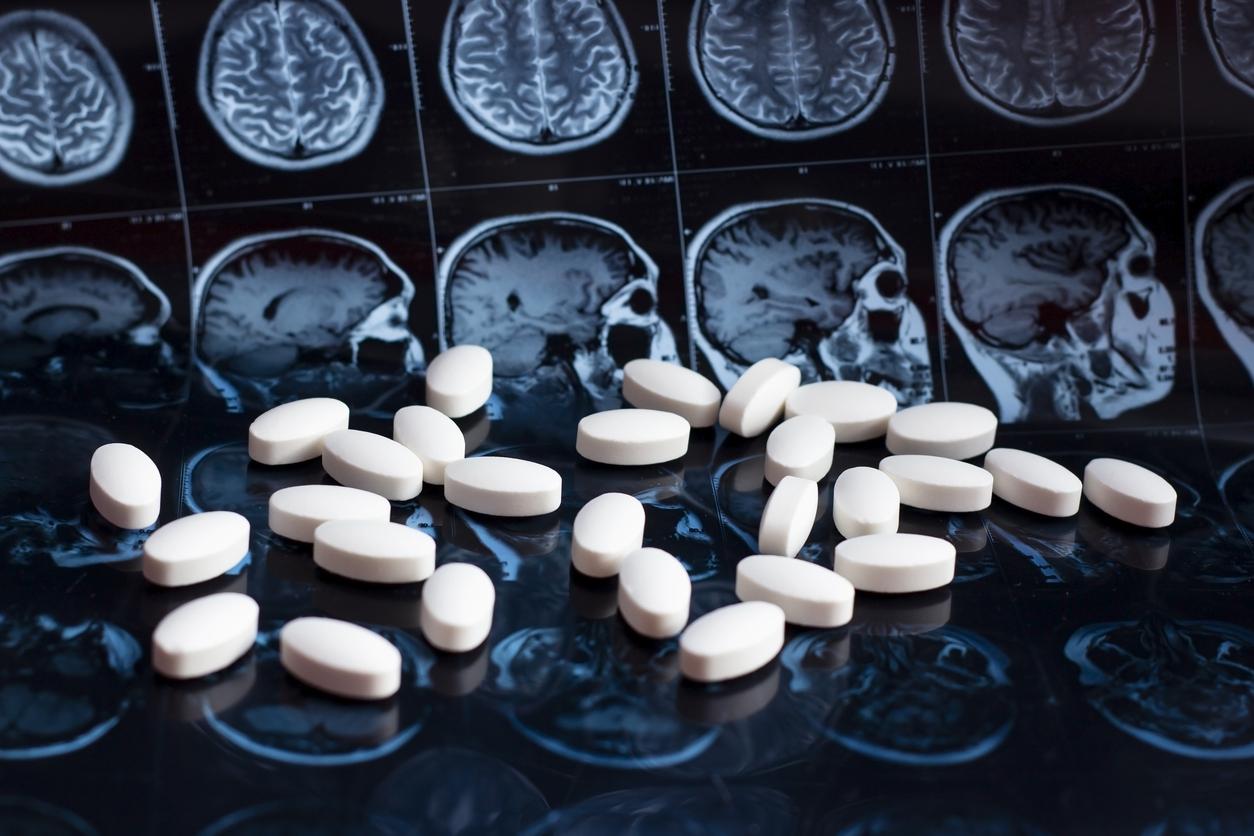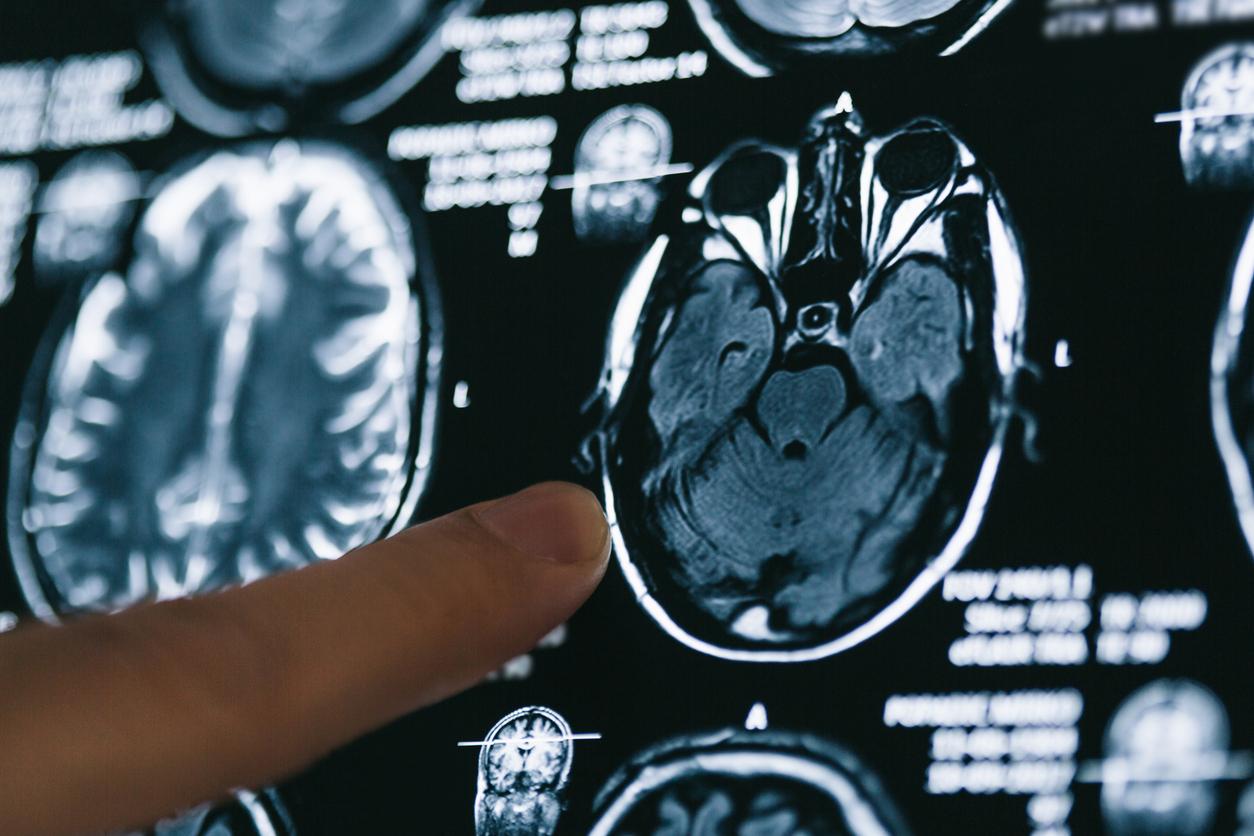Cardiovascular diseases would act on a gene involved in the elimination of aggregates that accumulate in the brain.

- The link between cardiovascular disease and Alzheimer’s was previously unexplained
- A gene acting on the functioning of the blood-brain barrier would block a good elimination of toxic amyloid
A known but hitherto unexplained link: patients suffering from diabetes, hypertension, obesity or other heart diseases that can damage blood vessels and lead to strokes are at greater risk of Alzheimer’s disease. We now know at least one of the culprits: the FMNL2 gene, the modifications of which would prevent the effective elimination of toxic proteins from the brain, the accumulation of which leads to Alzheimer’s disease.
The zebrafish model
“Not only do we have a gene, but we have a potential mechanisml”, explains Richard Mayeux, holder of the chair of neurology at Columbia University and lead author of the study.
If the research involved five groups of patients, it was by working on the zebrafish model, a “model organism” regularly used in research on Alzheimer’s disease, that the researchers discovered this mechanism. “We had this gene, FMNL2, which was at the interface between Alzheimer’s disease and cerebrovascular risk factors, so we had the idea that this gene might work in the blood-brain barrier, where brain cells meet the vascular system“, says Professor Caghan Kizil, visiting fellow at Columbia University and expert in zebrafish work.
A sheath around the blood vessels
The blood-brain barrier is a semi-permeable boundary between blood vessels and brain tissue that serves as a defense against pathogens and toxins in the blood. One of the essential elements of this barrier is made up of astrocytes, brain cells that form a sheath around blood vessels, a sheath that loosens to eliminate the toxic amyloid responsible for Alzheimer’s disease.
The work carried out using zebrafish has made it possible to highlight a process which occurs identically in the human brain: when the activity of the FMNL2 gene is modified due to a cerebrovascular disease, the transfer mechanism brain cell aggregates to vessels linked to the blood-brain barrier no longer function, preventing the elimination of toxic amyloid.
This discovery is important because it could lead to a way to prevent Alzheimer’s disease in people with cardiovascular disease.









